Latex Allergy Awareness Week 2024
04/10/2024
04/10/2024
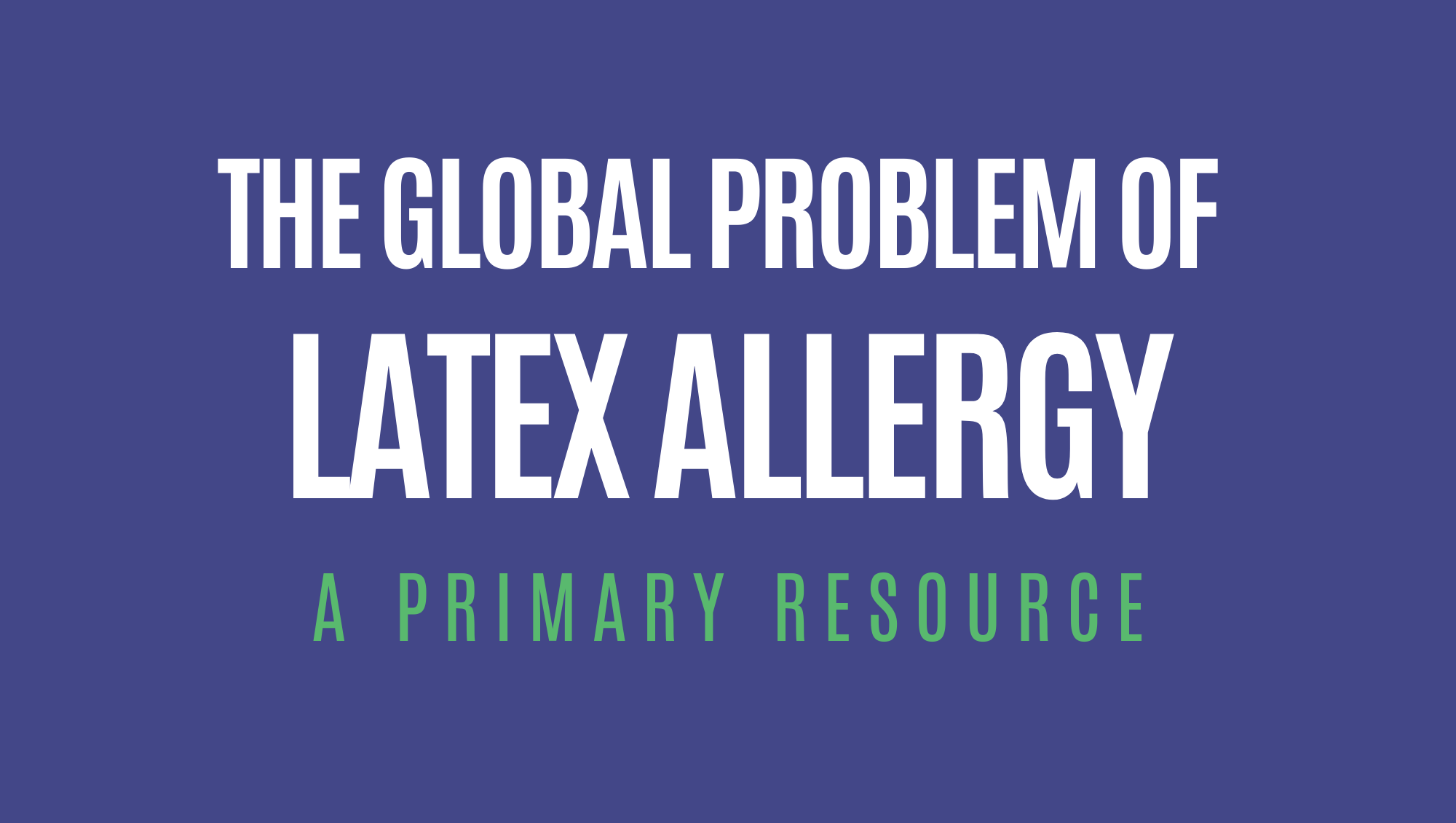
Latex allergy is a condition that affects many people worldwide, but it often goes unnoticed or misunderstood. To change this, the Global Allergy and Asthma Patient Platform (GAAPP) and the Argentina Latex Allergy Association have joined forces to launch an informative and impactful global campaign in 2024. This initiative aims to shed light on what latex allergy is, its symptoms, treatment options, and the significant impact it has on patients’ lives. Most importantly, the campaign highlights prevention strategies to reduce the risk of developing this allergy.
Latex is a type of natural rubber used in many everyday items like medical gloves, balloons, household products, and clothing. While most people don’t have any problems with latex, some can develop an allergy to it. This can cause anything from mild skin irritation to a serious reaction called anaphylaxis. Since latex is so common, it’s important to know about this allergy—even if you or someone you know hasn’t had a reaction before. You can read more about it on the educational page.
This campaign is not just for those who are already living with a latex allergy, but also for the general population. By increasing awareness, we hope to reduce the number of people who become sensitized to latex and, in turn, lower the incidence of this allergy globally.
The campaign materials include easy-to-understand infographics and educational resources that explain:
Even if you don’t have a latex allergy, understanding the condition and its prevention is crucial. Here’s why:
Explore our campaign materials and share them within your community. Learn how to identify latex-containing products and choose latex-free alternatives when possible. Small changes can make a big difference in preventing sensitization and protecting those who are already affected.
Join us in spreading awareness and ensuring that everyone—whether they have heard about latex allergy or not—has the knowledge to keep themselves and their loved ones safe. Together, we can make a world where latex allergy is less common and better managed.
Let’s take this opportunity to educate ourselves and others, making a positive impact globally!
Feel free to download this asset and share it in your own channels. This educational content is non-perishable and can be used anytime during the year. We will keep on adding translations in other languages as requested by our member organizations but if you need us to translate it into a language that is still not listed in the folder please feel free to contact us at info@gaapp.org and we will happily translate them for you free of charge.






















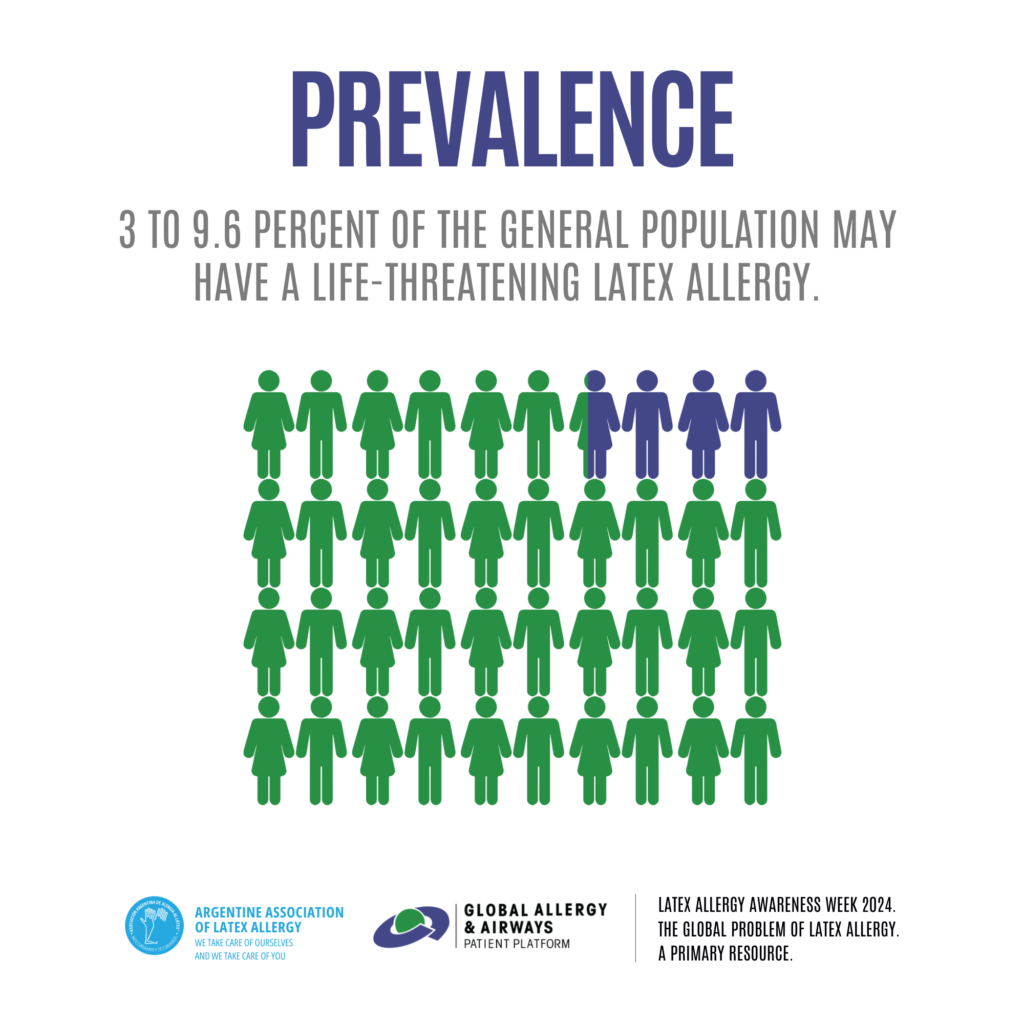
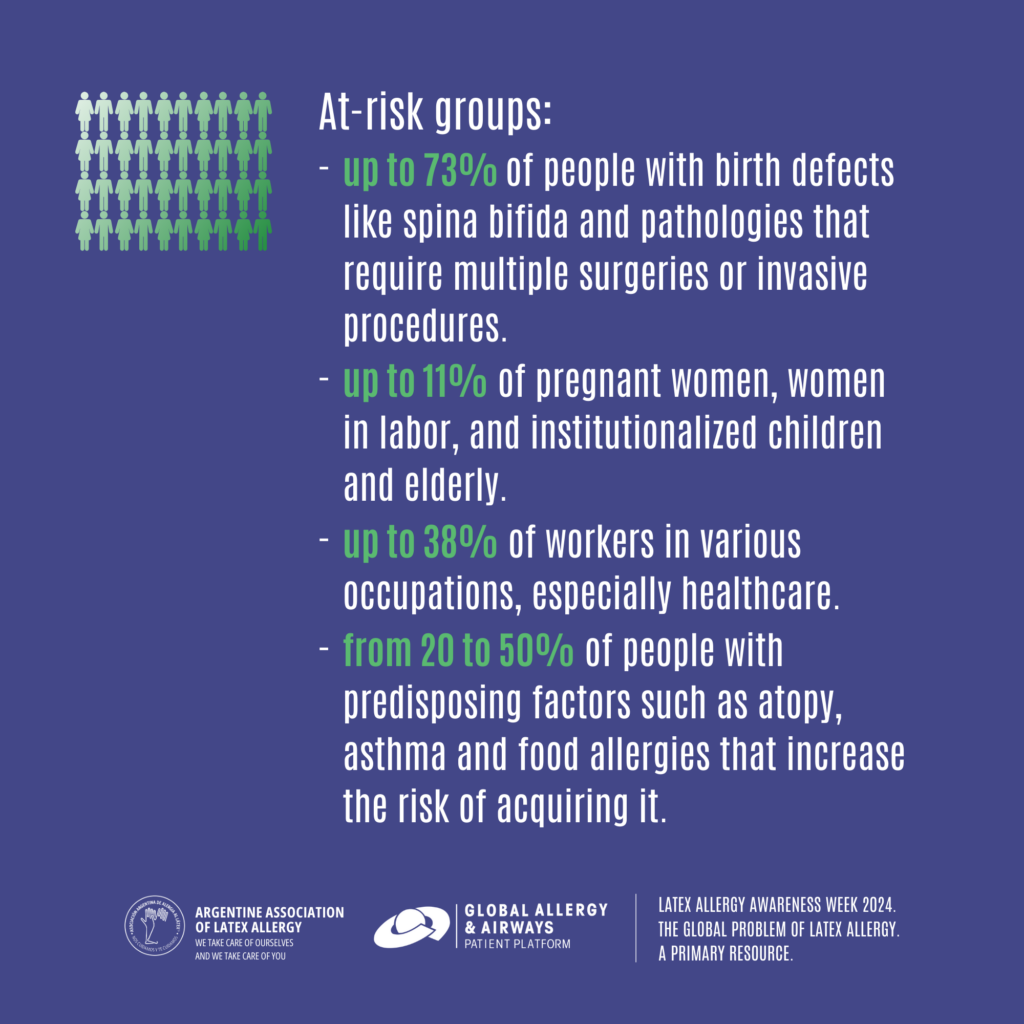
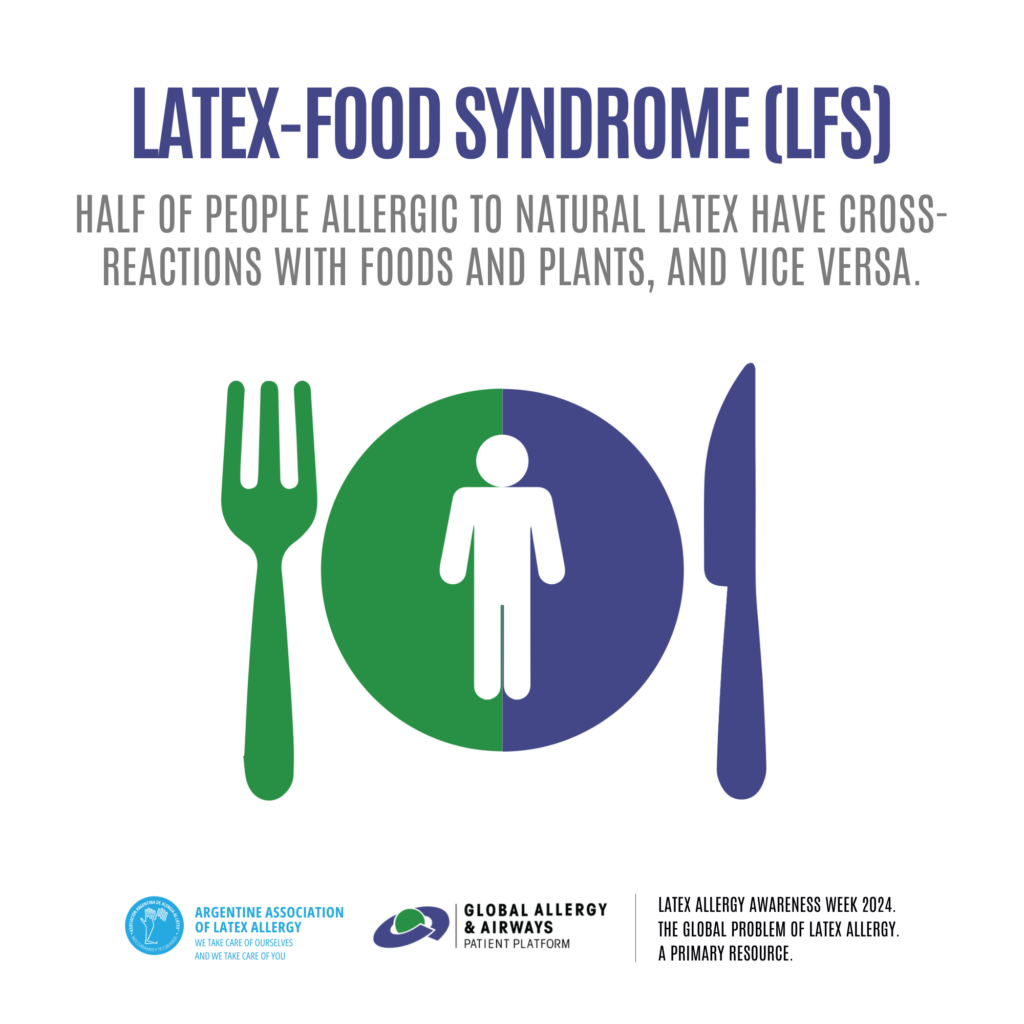

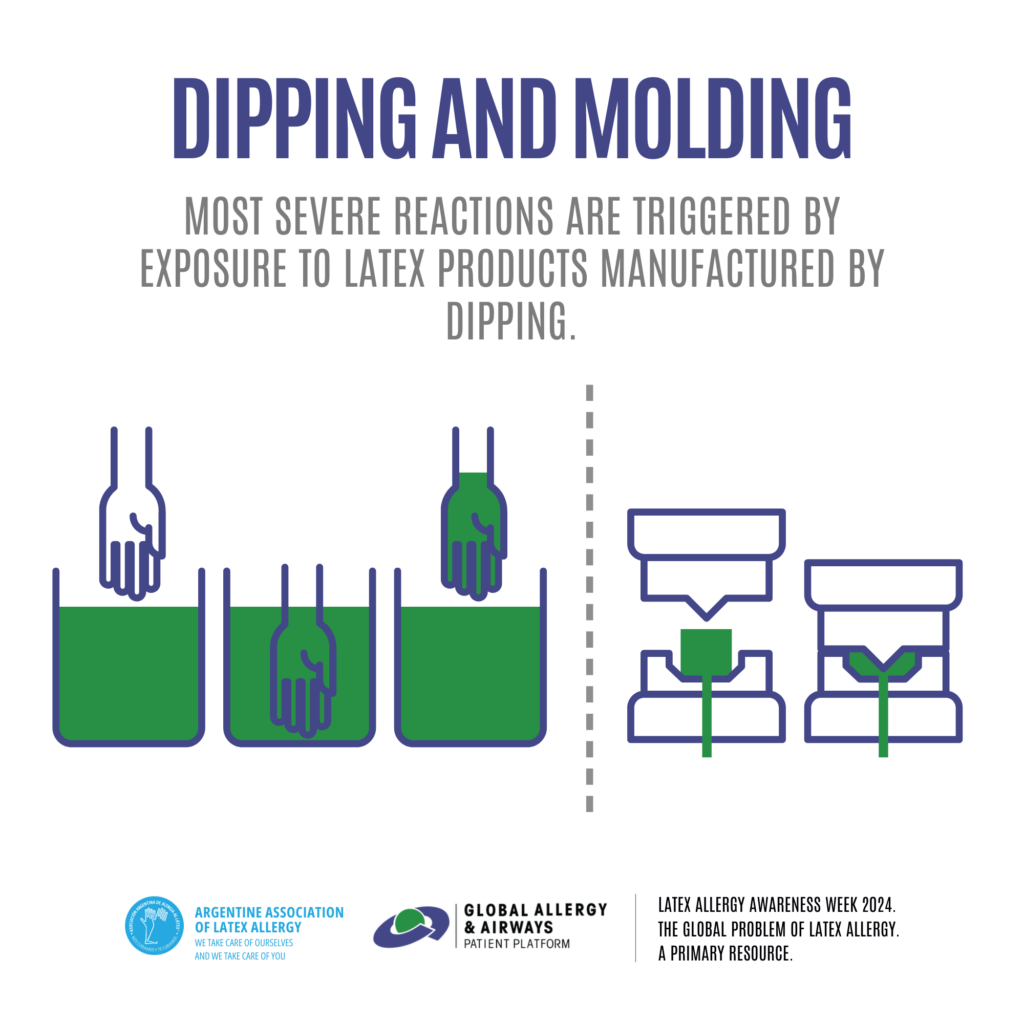
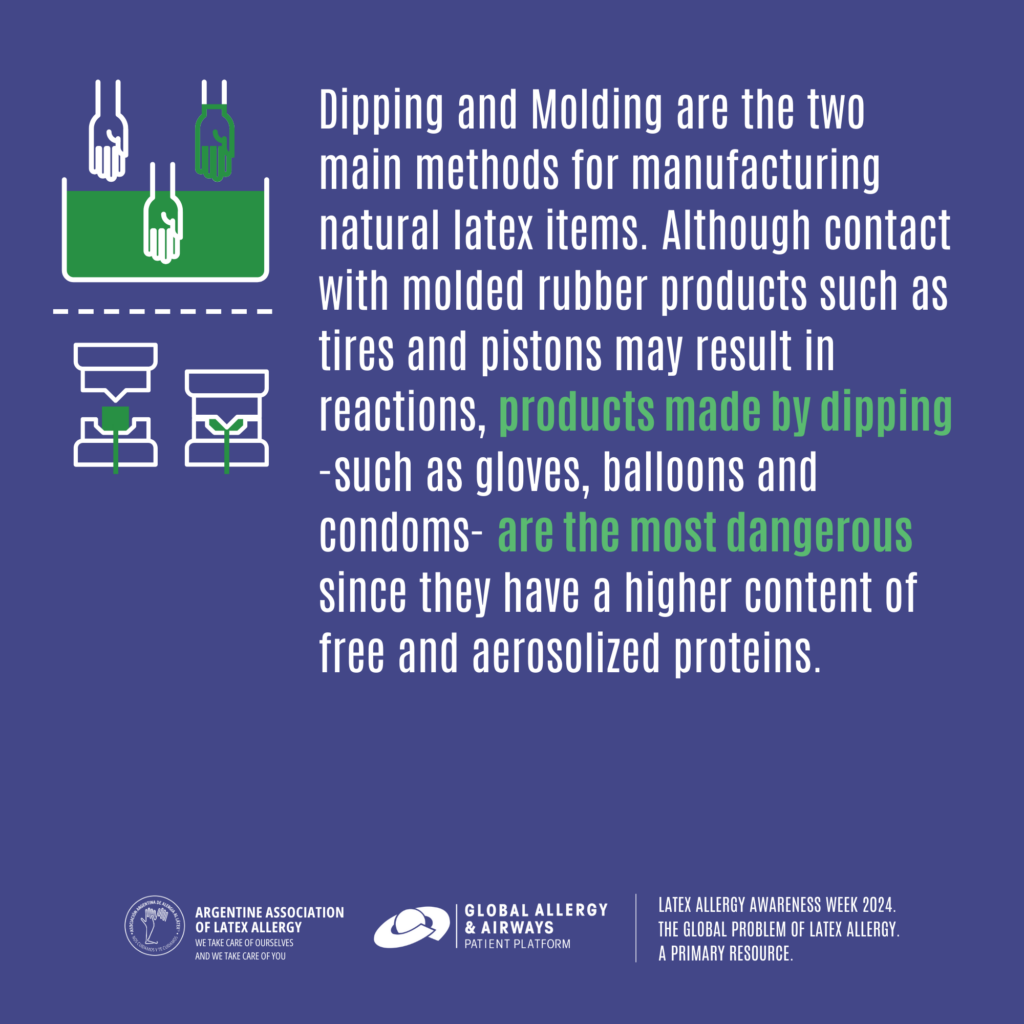

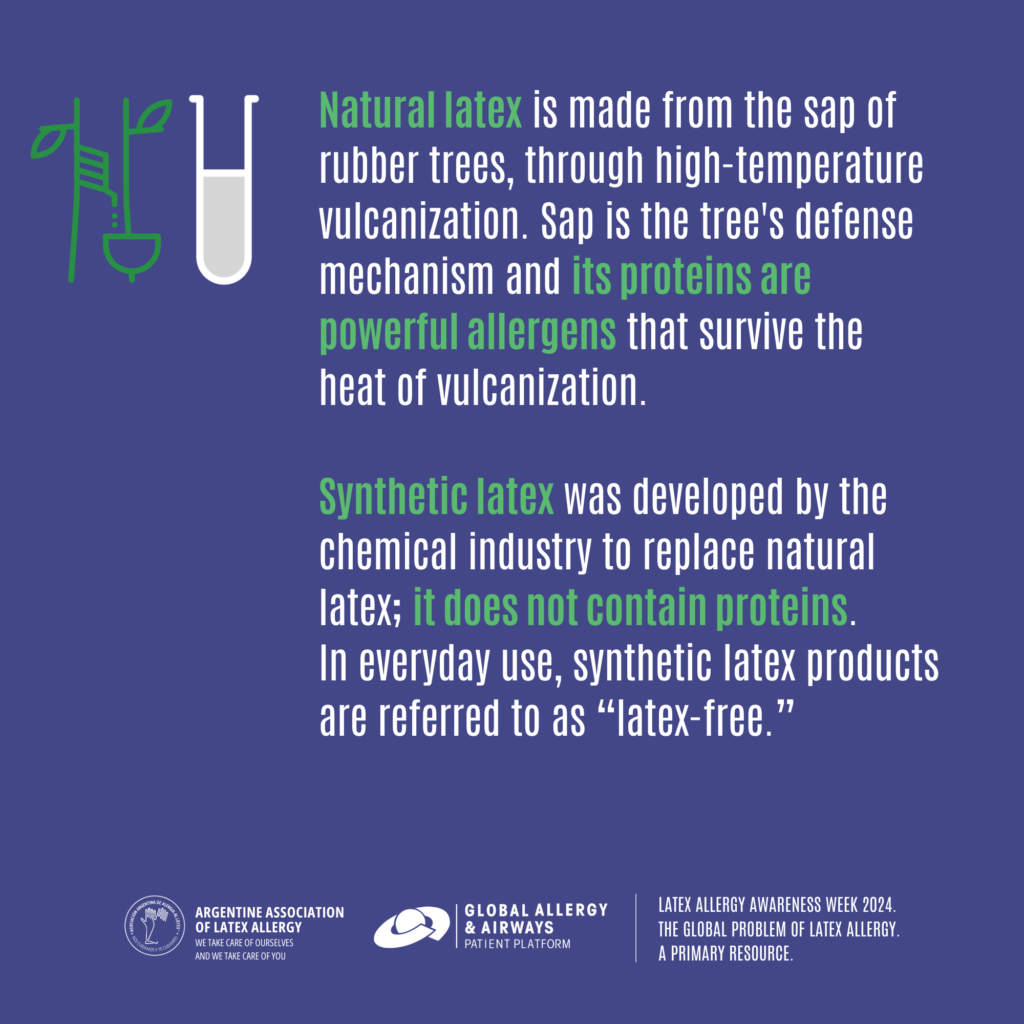

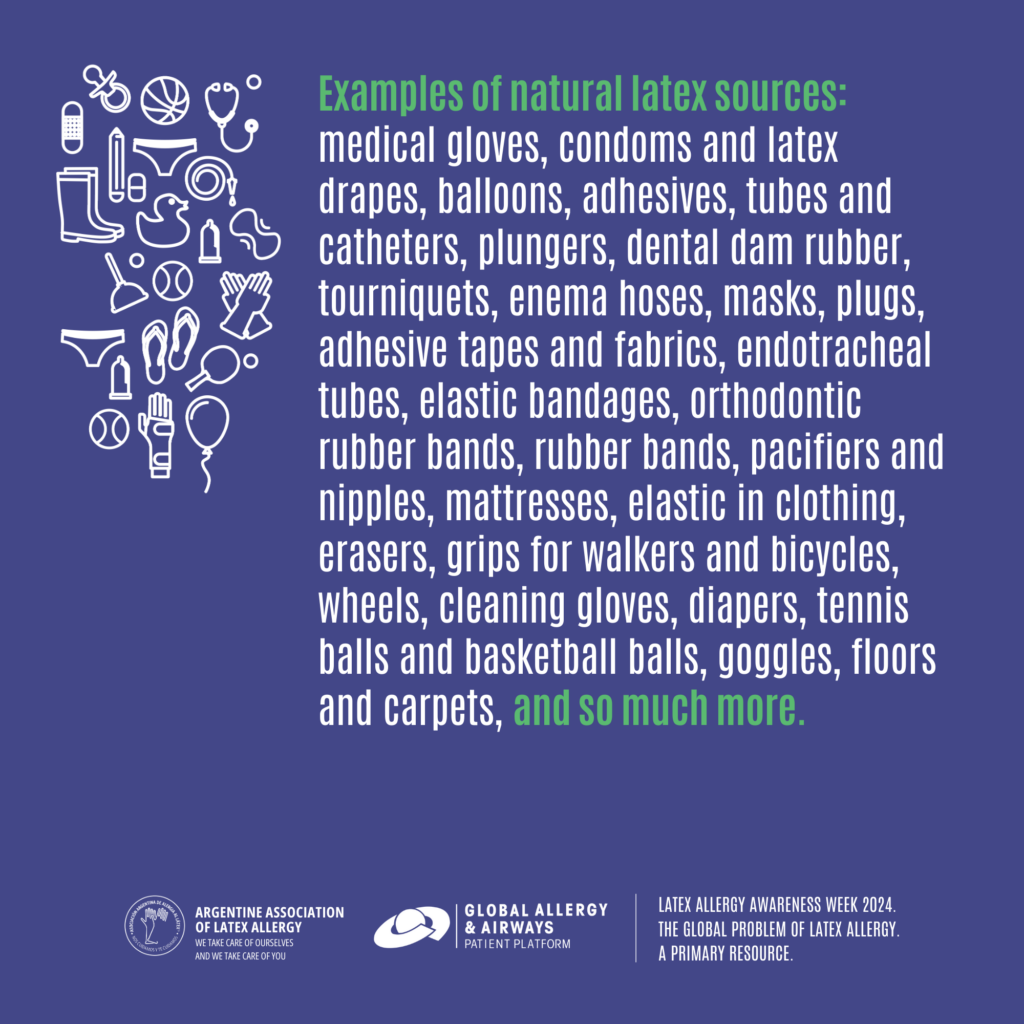
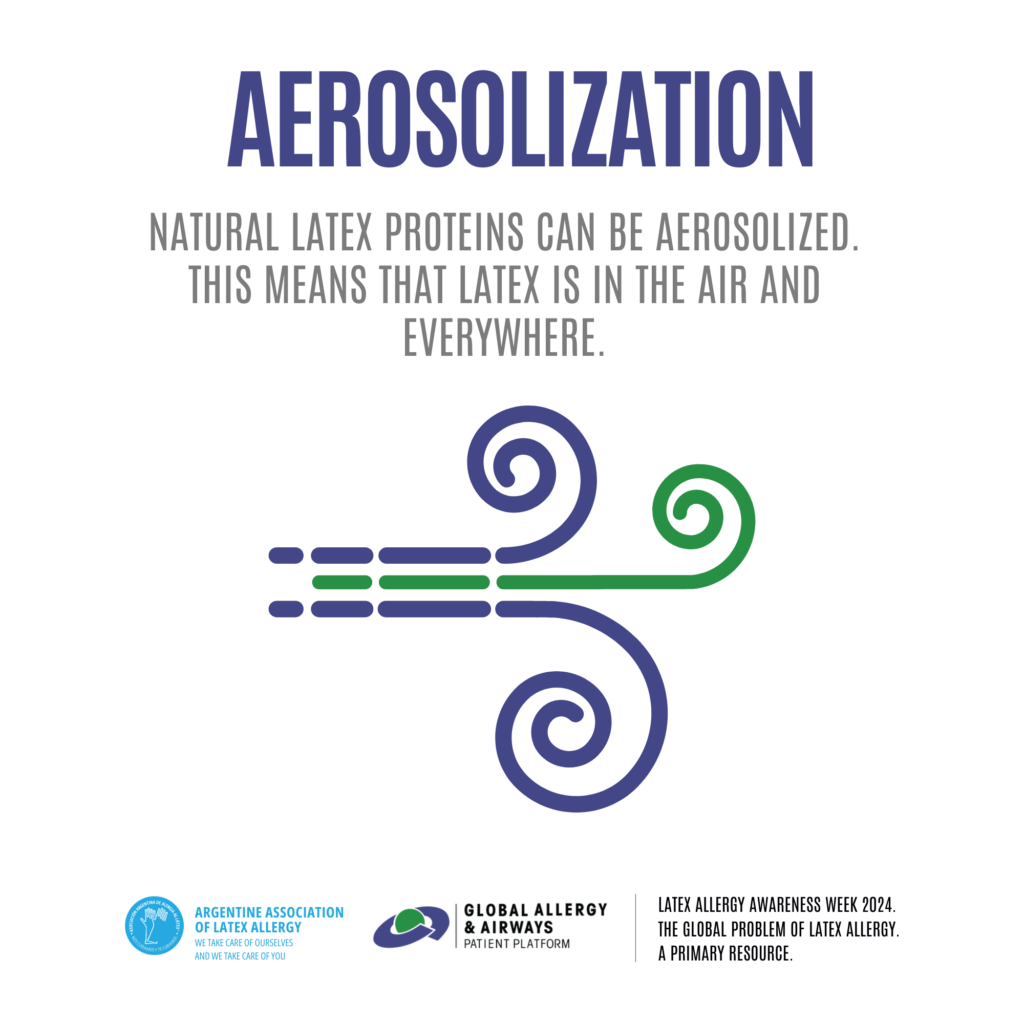
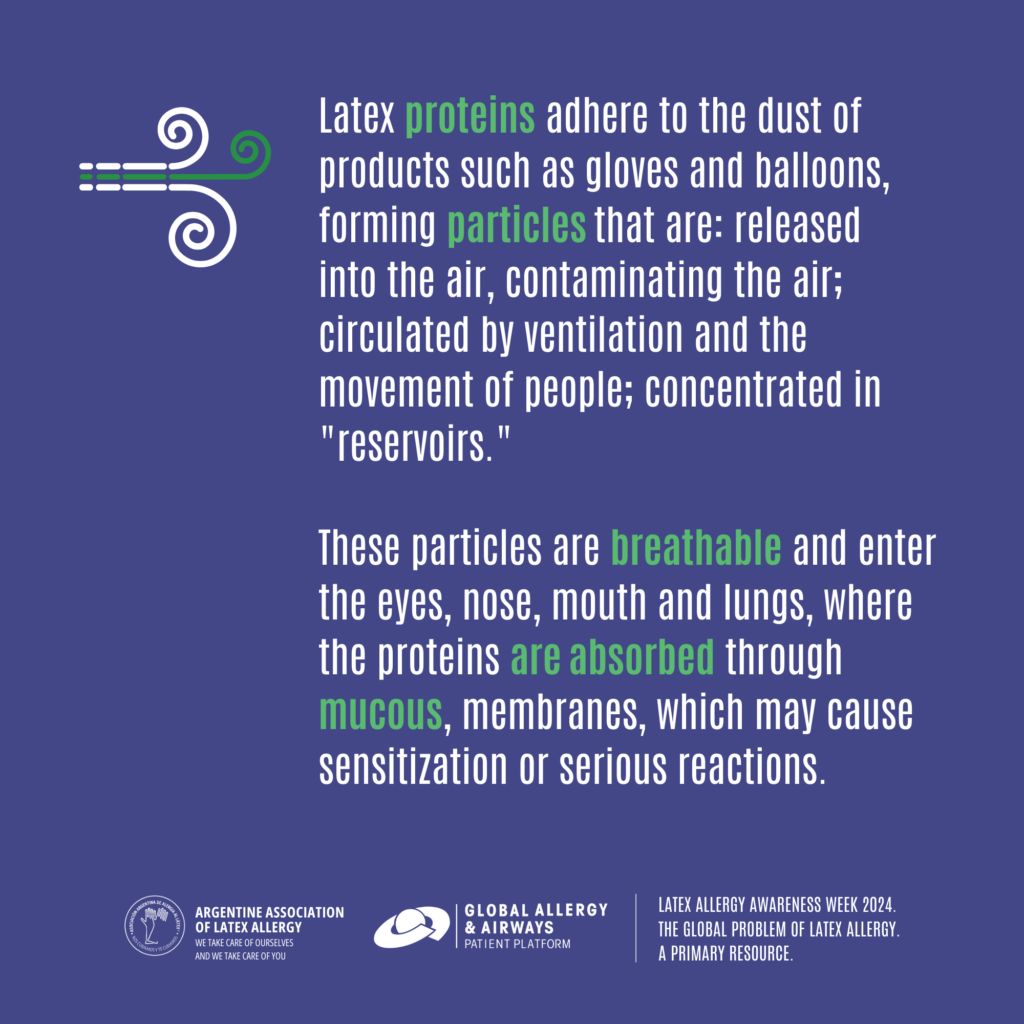
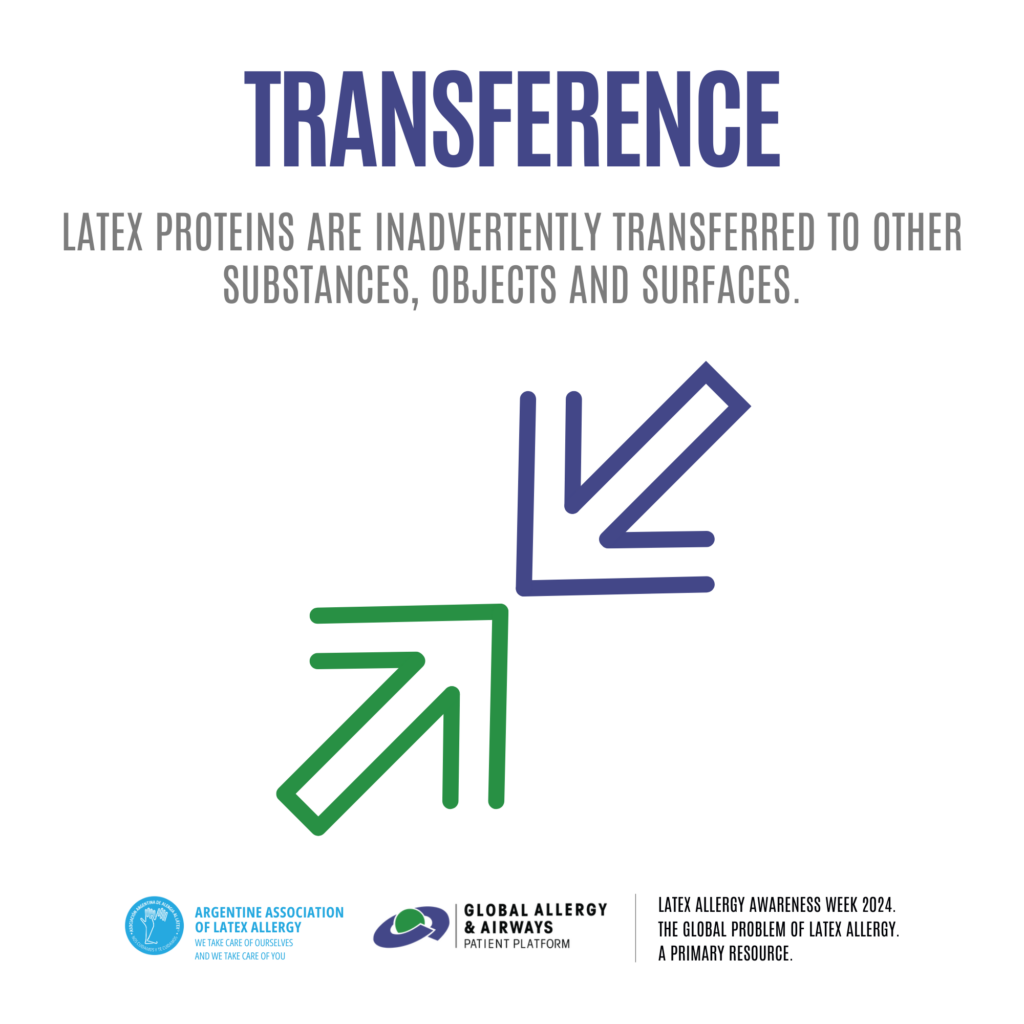
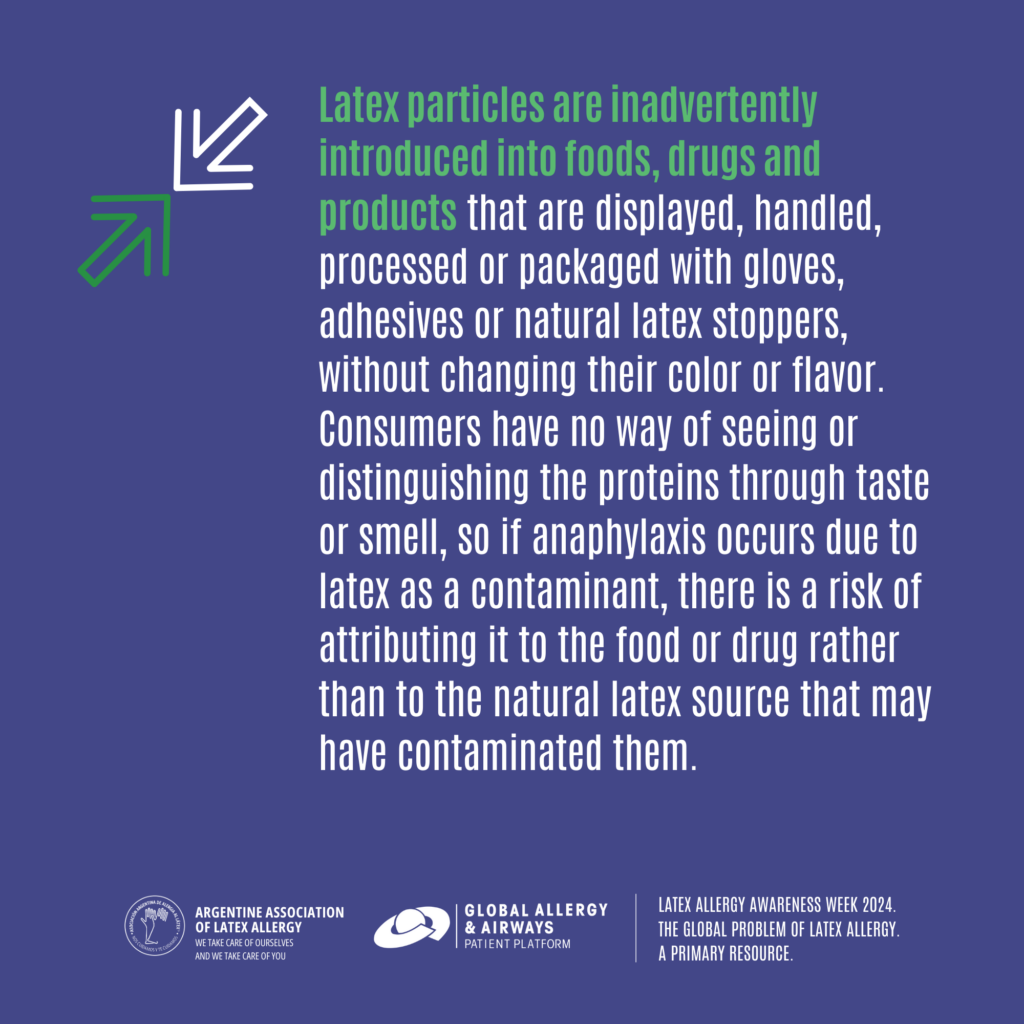
Put your knowledge to the test with our fun trivia game! 👇 Play Now:
A campaign powered by:
With the collaboration of
References: